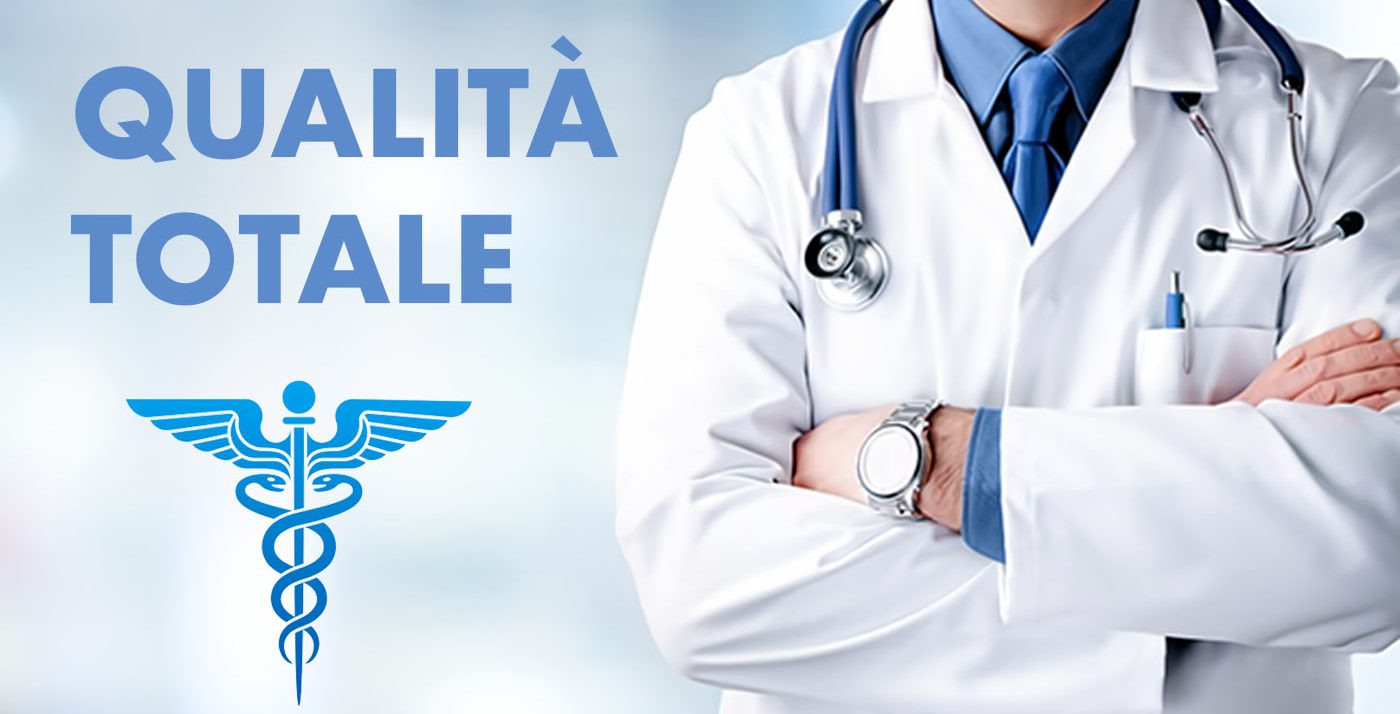by Massimo Balducci
It is time to start some evaluation of institutional responses to Covid-19 emergency. Two questions need to be answered in this first evaluation: (a) was the emergency rightly evaluated or was it under- or over- evaluated? And (b) was the medical response correct and was it possible to adjust it via a trial and error approach? Our hypothesis here is that a misleading institutional construction of reality and weaknesses in the management of information might have caused harm possibly greater than the very virus itself. Was the emergency under- or over-evaluated?
In the end, one feels entitled to say that something does not fit. The administrative court of Niedersachsen ruled on the 10th of May 2020 that a 14 day quarantine cannot be imposed to people getting into Germany from abroad due to the low number of cases in comparison with the world population. Casualties originally assigned to Covid-19 are possibly to be reviewed in consideration of the fact that casualties due to other pathologies (remarkably to respiratory and circulatory pathologies) are remarkably down in comparison with previous years.
According to WHO data, casualties due to Covid-19 are remarkably fewer than casualties due to many different diseases such as malaria and cancer. Here, the idea is that the institutional response to the Covid-19 emergency was triggered by two main factors: (i) information coming from China (mostly as to how to try to heal patients) and (ii) information generated in hospitals, which found themselves overwhelmed by emergency cases, especially by those requiring intensive care.
Possibly the image of the situation developed by MD working in hospitals affected the general representation of the problem due to the lack of information generated by different sources. In countries like Germany, the Netherlands and Denmark where the network of general practitioners is deeply rooted in cities and in the countryside, hospitals where not overwhelmed because people affected by Covid-19 were mostly treated successfully at home by their GP. The weakness of such a network of GP was that it was not only the cause of overwhelmed emergency care rooms in hospitals, but it triggered a multiplier effect as well.
Due to the weakness of the territorial network of GP, the only source of information reaching the top where overall decisions were being made with difficulty, was information coming from hospitals. The way we represent to ourselves our environment and our problems is doomed to strongly affect our behaviour. In this case, an image of a limited portion of the whole universe, i.e. the image one could get from a hospital, was assumed to be the image representing the whole universe. Social scientists are well aware of the phenomenon. According to Luhmann, our decisions are based on our Umweltdefinition (environmental definition).
According to Tolman, they are due to our cognitive maps. Our environmental definition and/or our cognitive maps are socially and institutionally constructed (Berger and Luckmann), i.e. depend on what people and institutions around us feed us. Here, the weakness of some western health care systems is due, not only to the fact that their network of GP working in cities and in the countryside is weak, but also to the fact that people involved in the healthcare system have a limited image of the system as a whole.
In haute cuisine restaurants, it is common practice to rotate people a few days over the year working in the dining rooms with people working in the kitchen and the other way around (people in the kitchen are called upon to work in the dining rooms) just to make sure that everybody is well aware of the process as a whole. In the best health care systems actually there is no real seclusion between the MD in the hospitals and the GP of the cities and countryside. Every medical doctor is delivering his/her services both in a hospital and outside the hospital.
According to Ishikawa, compliance officers and quality auditors should be careful not only to check if people involved in the process are aware of what they are supposed to do according to the quality handbook, but they should also check if everyone involved in the process is sufficiently aware of the process as a whole. Here, a short reminder of the evolution of the hospital as a social institution. Hospitals (philologically from host, which are places where people are hosted) served the purpose to provide a healthy environment to ill people who could not afford a healthy home.
Affluent people were not taken care of in hospitals, rather they were treated at home. The leap took place sometime between the 70’s of the last century and the beginning of our century. Pope Paul IV, Marshall Tito, Caudillo Franco were all treated at their residence. John Paul II was treated in the Gemelli Hospital in Rome. Here, there is a lesson to be learned: seclusion between general practitioners outside and medical doctors inside the hospital should be overcome and people outside and inside the hospitals should be able to feel they belong to a unified health care system.
Was the medical response correct and was it possible to adjust it via a trial and error approach?
Actually, the very first technical response to the Covid-19 was based on the information generated in China. According to this information, the coronavirus was expected to cause serious pneumonia. Patients were therefore treated accordingly with lungs ventilators. Following a few autopsies, it became clear that it was not the case of pneumonia, but of thromboembolism. This vital information has been providing difficulties to overcome some formal barriers before being widespread among those involved in the healing process, which we previously discussed on this platform concerning institutional responses to Covid-19 between theory and practice.
The rationality of our decisions is bounded by the availability and reliability of the information we have. The information coming from China was not checked, even though China does not have any birth and death registries, and medical information is stored and retrieved mostly by heart. Later, it became clear that suggestions coming from China were based only on very few autopsies.
Moreover, in our health care systems information is still basically collected and stored for formal and bureaucratic reasons, to the point that up to now we are not in the position to say whether the dramatic decrease in the number of people needing emergency care is due to the lockdown measures or to the change in therapy. The lesson to be learned here are twofold: (i) on the one side one should always check the reliability of the information on which decisions are supposed to be based on and (ii) information should be collected, not only for bureaucratic reasons, but for the purpose of future decision making.
The author, Massimo Balducci is a Professor at the University of Florence (Firenze) and one of the authors at our Italian website www.riskcompliance.it. He is an expert working for the European Network of Training Organizations of Local and Regional Authorities (ENTA). Massimo is an author of several publications in French, English and Italian about Public Management.





Paul Robert HERTZOG Reageren
Absolutely remarkable, very acute and pertinent.
Should be taken into consideration by public decision makers.